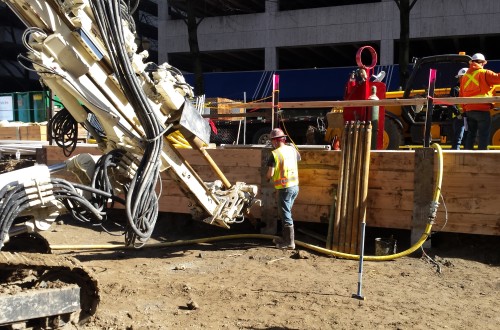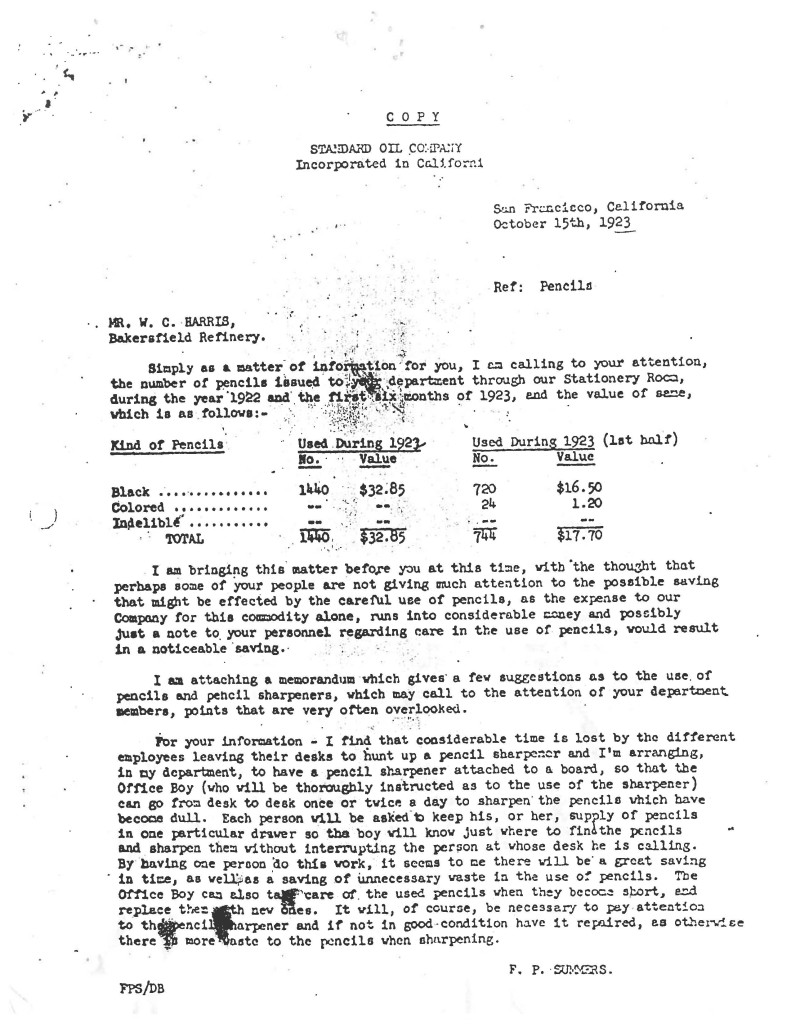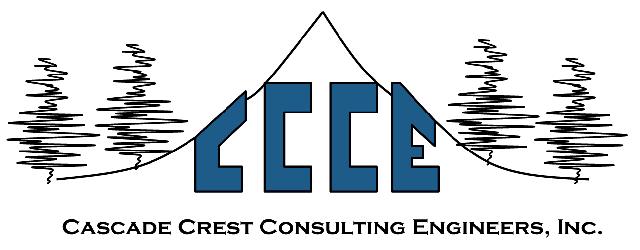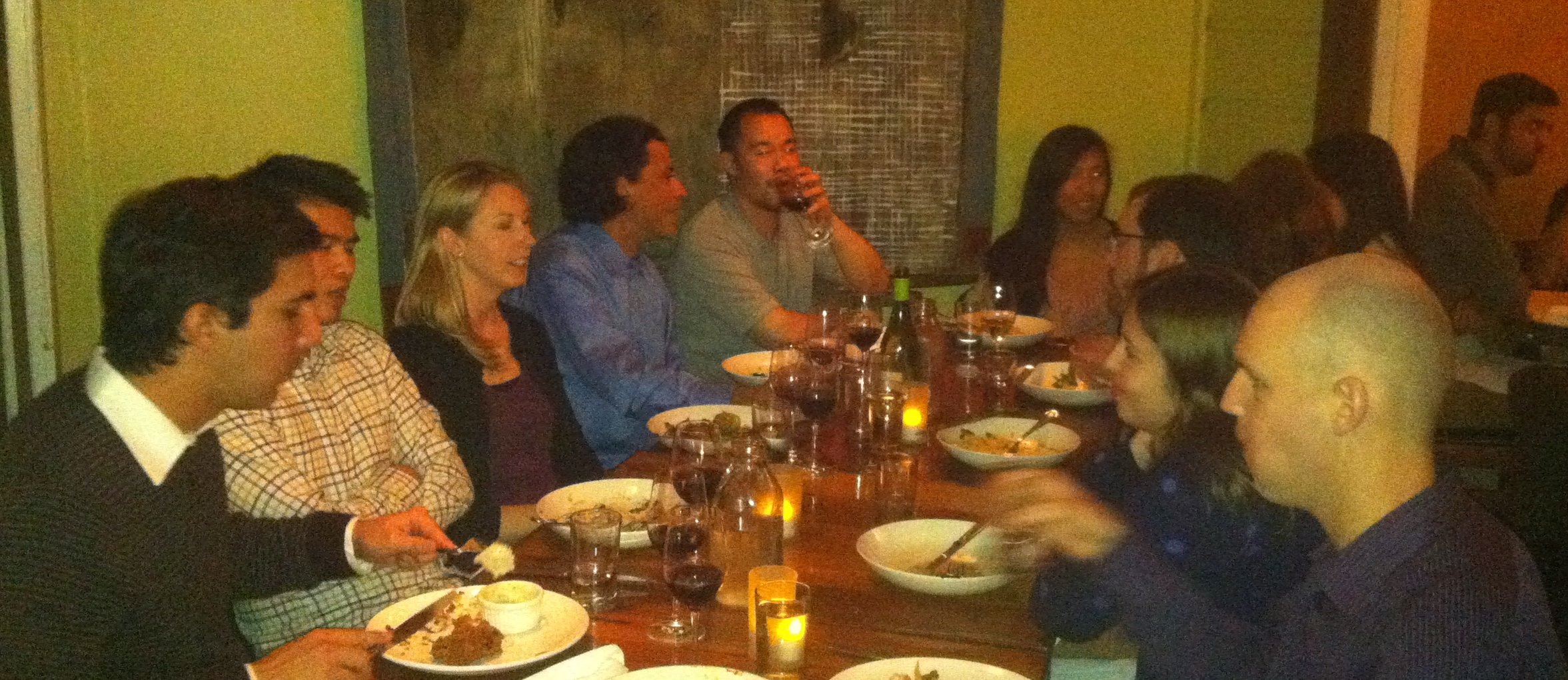The best children’s story is Mike Mulligan and his Steam Shovel. About this there can be no debate. It was my favorite story growing up, and it remains pertinent to my work today. You dads and moms can get a copy here: Mike Mulligan and Mary Anne
You’re welcome.
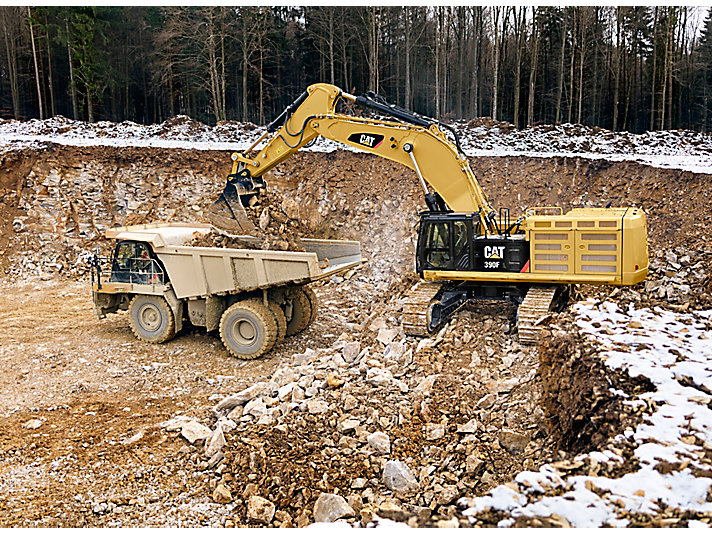
It’s about a hardworking owner-operator named Mike, his stalwart coal-fired excavator Mary Anne, and how together they navigate the difficult transition from steam to hydraulic power in the North American construction industry. There’s a heartwarming ending. I won’t spoil it for you.
Pertinent today is the way that Mike and Mary Anne dig a hole: neat and square. At each stage the hole is manifestly neat and square. When they finish, you guessed it, the hole is neat and square. The book doesn’t emphasize excavation techniques; it’s not a trenching manual. Neat and square is just how Mike, an operator so skilled they wrote a book about him, digs a hole. If you’re not digging like Mike and Mary Anne, you’re probably digging wrong. Read by my parents with great enthusiasm, this story taught 4-year old me the two most important characteristics of an excavation:
- Neat
- Square.
I have time to write these thoughts on a Friday afternoon as the crew works diligently to wrap up a shoring submittal for a hole that is not square. Not by a long shot. It’s not pear-shaped or anything; but it zig-zags all over Honolulu through some comically soft ground. There are odd-angled corners. Several of them.
The reason that we’re struggling to wrap up the design is because I failed to insist that we dig like Mike. The Contractor, a highly experienced excavator, prefers long stretches of braced sheetpiles with open corners that allow in-trench pipe fusing. The the shoring has angles that are measured in 32nds of a circle. It is not at all square, and our bracing design are far from neat. The level of effort has more than doubled.
To avoid suffering similar difficulties, I encourage you all to stay true to the example of Mike and Mary Anne, a lesson so important that every right-thinking parent reads it over and over again to their budding young engineer-children. Dig your excavations neat and square. Your shoring designs will go smoothly, and your Friday afternoons will be greatly improved.
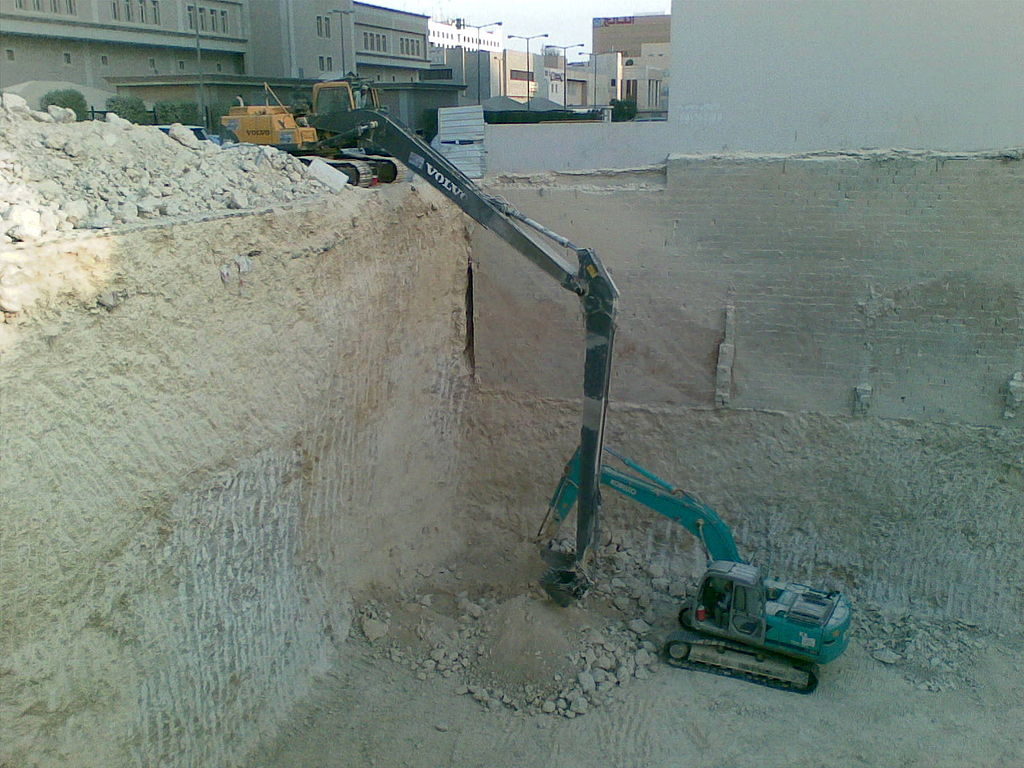
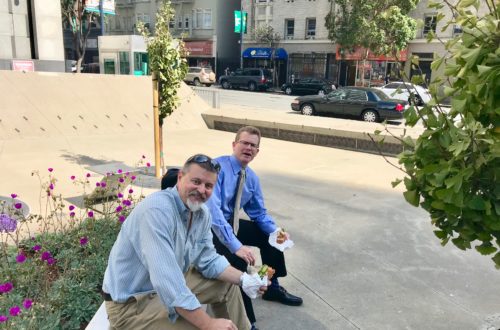
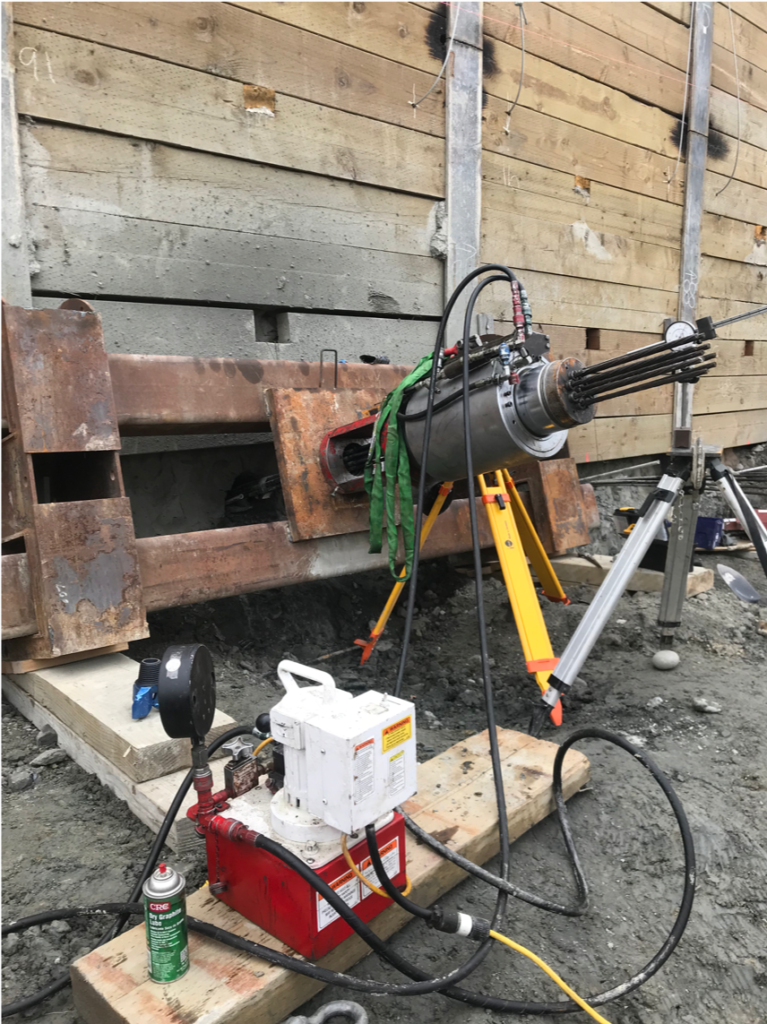
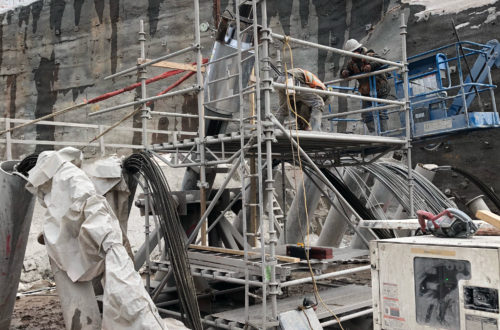
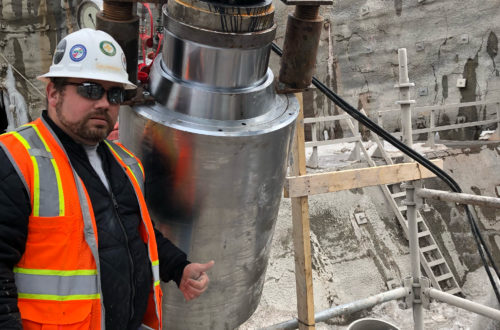
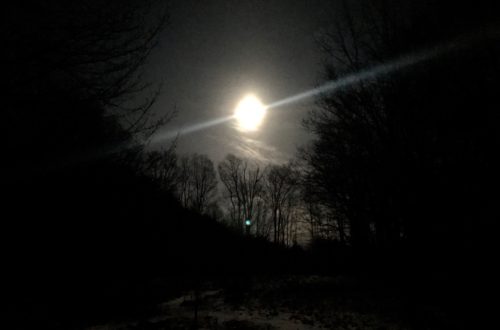
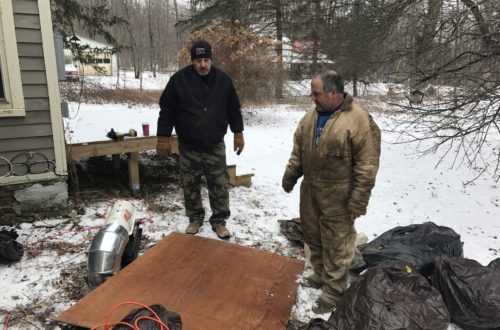 Speaking of friendly and engaging people, the best lesson of the day was how to thaw a frozen water pump in record cold temperatures. At right is a photo of Jimmy and his helper (or possibly Jimmy was the helper, it wasn’t at all clear) running a 50,000 BTU salamander heater into the CMU pump vault outside our kitchen. They assembled a short section of 8″ chimney flue pipe on each end of a 90 degree elbow to direct the blast of hot air downward into the vault. It took more than an hour to drive up to Cobleskill and back for the ducting, but then only about 10 minutes to melt the ice that was blocking the supply pipe. It was like a beach bonfire standing there. The minor inconvenience of losing plumbing for a half-day was negligible compared to the delight of chatting with Jimmy about the odd cold-weather problems that he had already repaired that day.
Speaking of friendly and engaging people, the best lesson of the day was how to thaw a frozen water pump in record cold temperatures. At right is a photo of Jimmy and his helper (or possibly Jimmy was the helper, it wasn’t at all clear) running a 50,000 BTU salamander heater into the CMU pump vault outside our kitchen. They assembled a short section of 8″ chimney flue pipe on each end of a 90 degree elbow to direct the blast of hot air downward into the vault. It took more than an hour to drive up to Cobleskill and back for the ducting, but then only about 10 minutes to melt the ice that was blocking the supply pipe. It was like a beach bonfire standing there. The minor inconvenience of losing plumbing for a half-day was negligible compared to the delight of chatting with Jimmy about the odd cold-weather problems that he had already repaired that day.